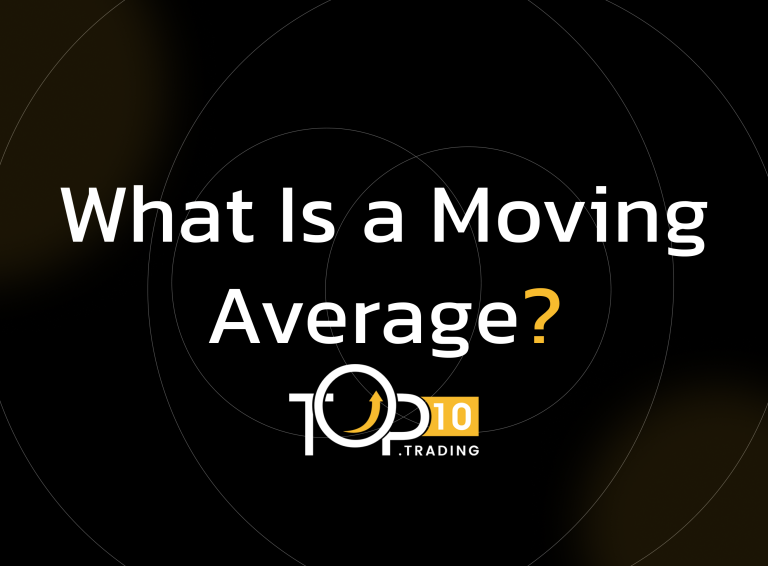Moving Average Definition

A moving average (MA) is a commonly used technical analysis indicator that smooths out price data by calculating the average of a security’s price over a specified period. It helps identify trends by filtering out short-term price fluctuations and noise, providing a clearer view of the market direction.
Key Takeaways
- A moving average tracks the average price of an asset over time.
- It smooths out price action to reveal trends and potential reversals.
- Common types include simple moving averages (SMA) and exponential moving averages (EMA).
- Moving averages are used in trend-following strategies and crossover signals.
- The length of the period (e.g., 50-day, 200-day) affects its sensitivity.
How Moving Averages Work
A moving average calculates the average closing price of an asset over a specific number of periods. For example, a 50-day SMA adds the past 50 closing prices and divides by 50. As new data becomes available, the oldest data point drops off, and the average “moves” forward.
- There are two main types:
- Simple Moving Average (SMA): A basic average over a fixed number of periods.
- Exponential Moving Average (EMA): Gives more weight to recent prices, making it more responsive to new information.
- Traders use moving averages to confirm trends, set dynamic support and resistance levels, or generate buy/sell signals via crossovers (e.g., when a short-term MA crosses above a long-term MA).
Examples of Moving Averages
- A trader uses a 200-day SMA to identify the long-term trend of the S&P 500.
- A forex trader applies a 20-period EMA to a 1-hour chart for faster trend detection.
- A moving average crossover strategy uses a 50-day and 200-day MA to generate trade signals.
Benefits of Moving Averages
- Trend Identification: Highlights the overall market direction.
- Noise Reduction: Filters out short-term volatility and price spikes.
- Versatility: Works across all asset classes and timeframes.
- Customizable: Can be tailored to short-term, medium-term, or long-term strategies.
Costs and Limitations
- Lagging Indicator: MAs are based on past data and may react slowly to rapid market changes.
- False Signals: In sideways or choppy markets, MAs can produce misleading signals.
- Parameter Sensitivity: Results can vary depending on the chosen time period.
- Not Predictive: Moving averages do not forecast future prices—they reflect trends already in motion.
Who Uses Moving Averages?
Moving averages are used by technical analysts, day traders, swing traders, and long-term investors alike. They’re a staple tool in charting platforms and trading strategies, often combined with other indicators like RSI, MACD, or Bollinger Bands to improve accuracy and context.
